When printing with advanced materials or third-party filaments on your Bambu Lab printer, the hotend setup — especially the nozzle type — plays a crucial role in achieving reliable results. Whether you own an X1C, P1S, or AMS-equipped setup, understanding hardened steel vs. stainless steel nozzles can help you avoid clogs, abrasion issues, and inconsistent extrusion.
Let’s break down the essentials of Bambu Lab’s hotend system and how each nozzle material fits into your 3D printing workflow.
🔧 Bambu Lab Hotend Overview
Bambu Lab uses an integrated hotend and nozzle assembly, which means the nozzle is not user-replaceable alone — instead, you swap out the entire hotend/nozzle unit. This modular design makes replacement simple and reduces error for users.
You can choose between different nozzle materials based on the filament type and use case.
🔩 Nozzle Materials Explained
1. Stainless Steel Nozzle (Standard)
-
Best for: PLA, PETG, TPU, PVA, and basic filaments
-
Temp Resistance: Up to ~300°C
-
Corrosion Resistant: Great for wet or hygroscopic materials like PVA
-
Not recommended for: Abrasive filaments (e.g., carbon fiber or glow-in-the-dark)

Use this nozzle if you primarily print with non-abrasive, consumer-grade materials.
2. Hardened Steel Nozzle
-
Best for: Carbon fiber reinforced filaments (e.g., CF-PETG, CF-Nylon), glow-in-the-dark, metal-fill
-
Abrasion Resistant: Designed to withstand wear from high-friction particles
-
Slightly Lower Thermal Conductivity: May require tuning flow and temp settings

Use this if you regularly print with abrasive materials or plan to try engineering-grade filaments.
⚠️ Reminder: Hardened nozzles are slightly less conductive, which can affect print quality at lower temps — compensate by slightly increasing the extrusion temperature if needed.
🔁 When Should You Replace the Hotend?
-
Signs of wear or clogging
-
Poor layer adhesion or inconsistent extrusion
-
Nozzle dragging or visible degradation
-
Switching material types (e.g., from carbon fiber to basic PLA)
Bambu Lab hotends are pre-assembled, so replacement is easy — just plug and play with a few screws.
🔥 Bambu Lab Printer Compatibility
| Printer Model | Nozzle Compatibility |
|---|---|
| X1 Carbon | Stainless, Hardened, High-Flow options |
| P1S | Same as X1C (enclosed, ideal for composites) |
| P1P | Compatible but requires enclosure for optimal use with engineering filaments |
| A1 / A1 Mini | Typically comes with stainless steel; not recommended for composites |
🔄 Tip: You can store multiple hotend assemblies and swap between them based on material without the need for constant cleaning or purging.
🧵 Which Filaments Require a Hardened Nozzle?
Use a hardened steel nozzle when printing:
-
Carbon fiber-filled PLA / PETG / Nylon
-
Glow-in-the-dark filaments (contain phosphorescent powders)
-
Metal-fill or wood-fill materials
-
Glass fiber-infused materials
Avoid using a stainless steel nozzle with these — it will wear out quickly, leading to inconsistent extrusion or poor detail quality.
🧽 Maintenance Tips
-
Always purge with a cleaning filament when switching from filled to unfilled materials
-
Use a brass brush to gently clean the nozzle (when cool)
-
Store your extra hotends in a sealed, labeled container to avoid mixing materials
✅ Final Thoughts
Understanding the difference between Bambu Lab’s hardened steel and stainless steel nozzles can dramatically improve your print reliability and quality. If you’re using abrasive filaments or engineering materials, invest in a hardened steel hotend — your nozzle (and your prints) will thank you.
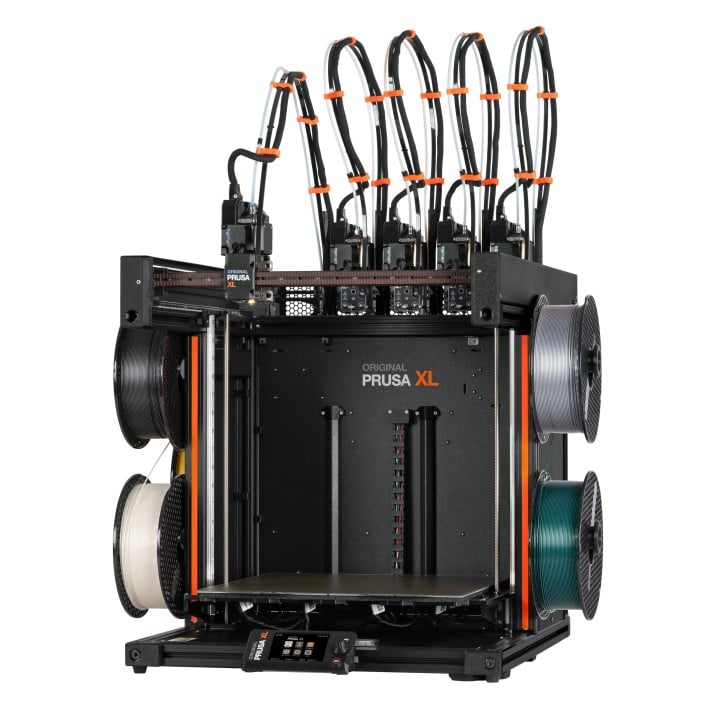
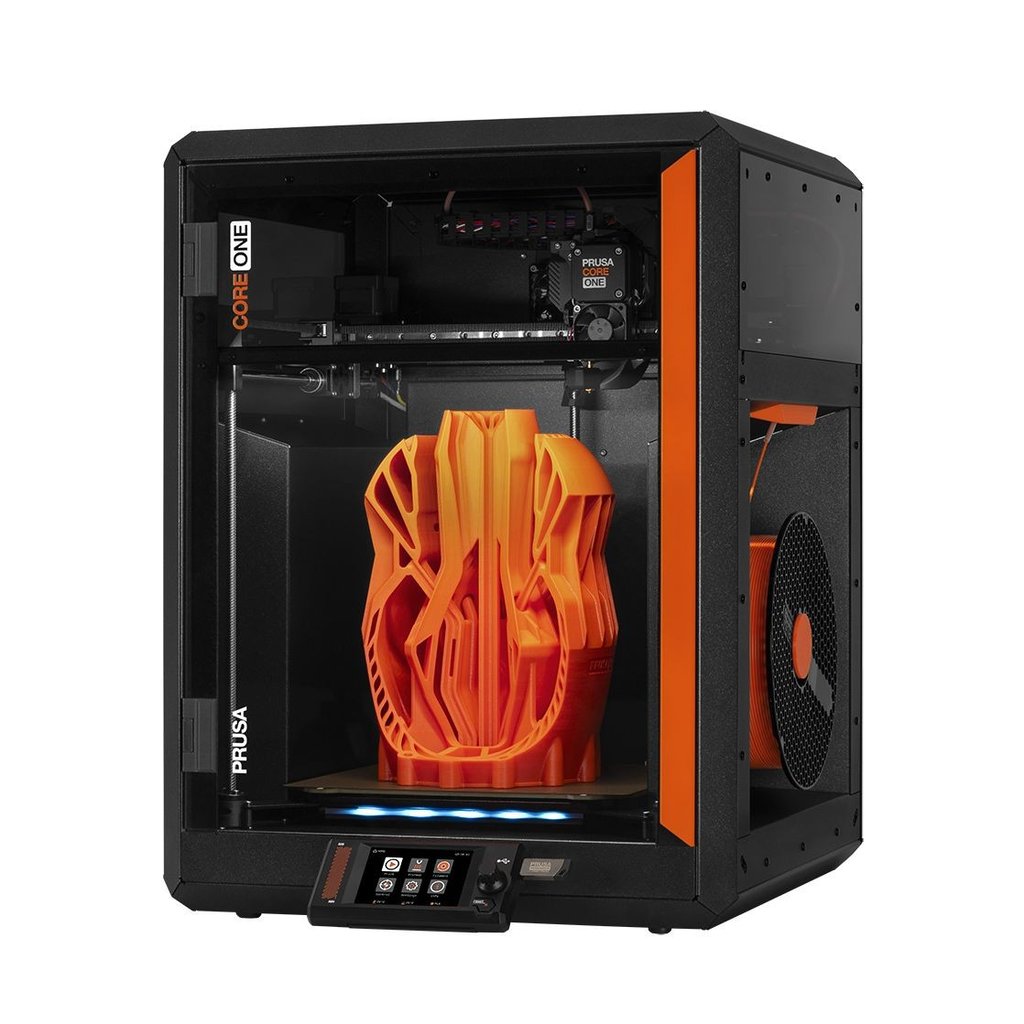

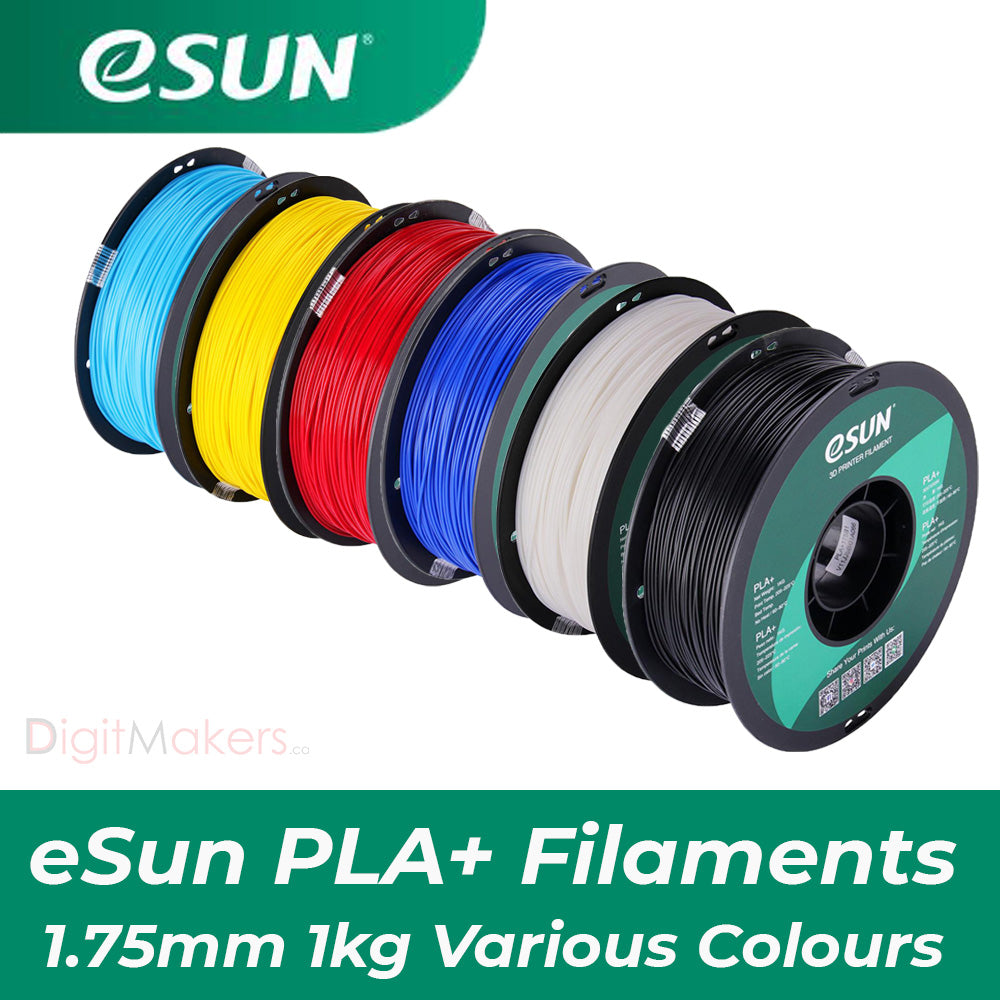
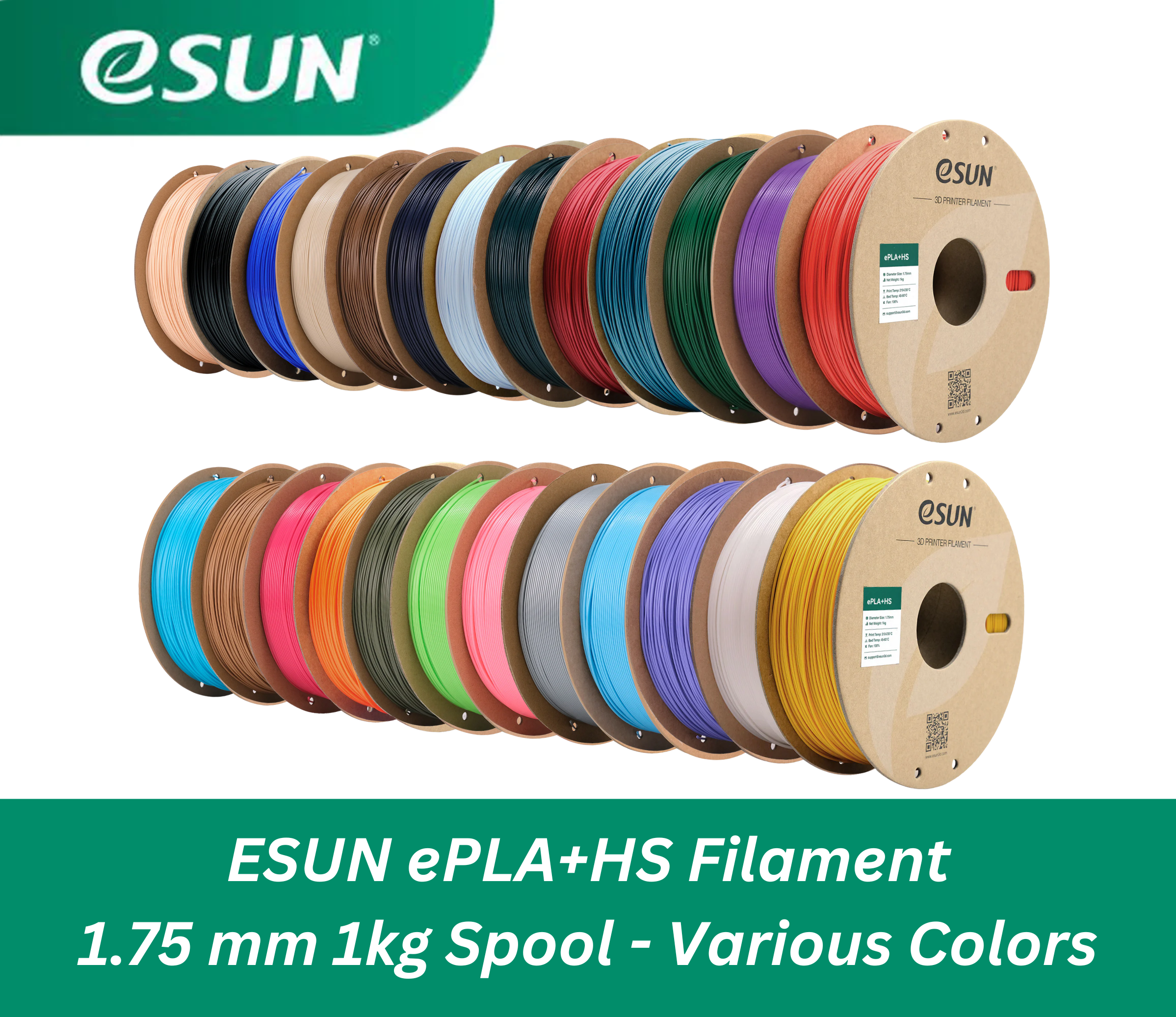
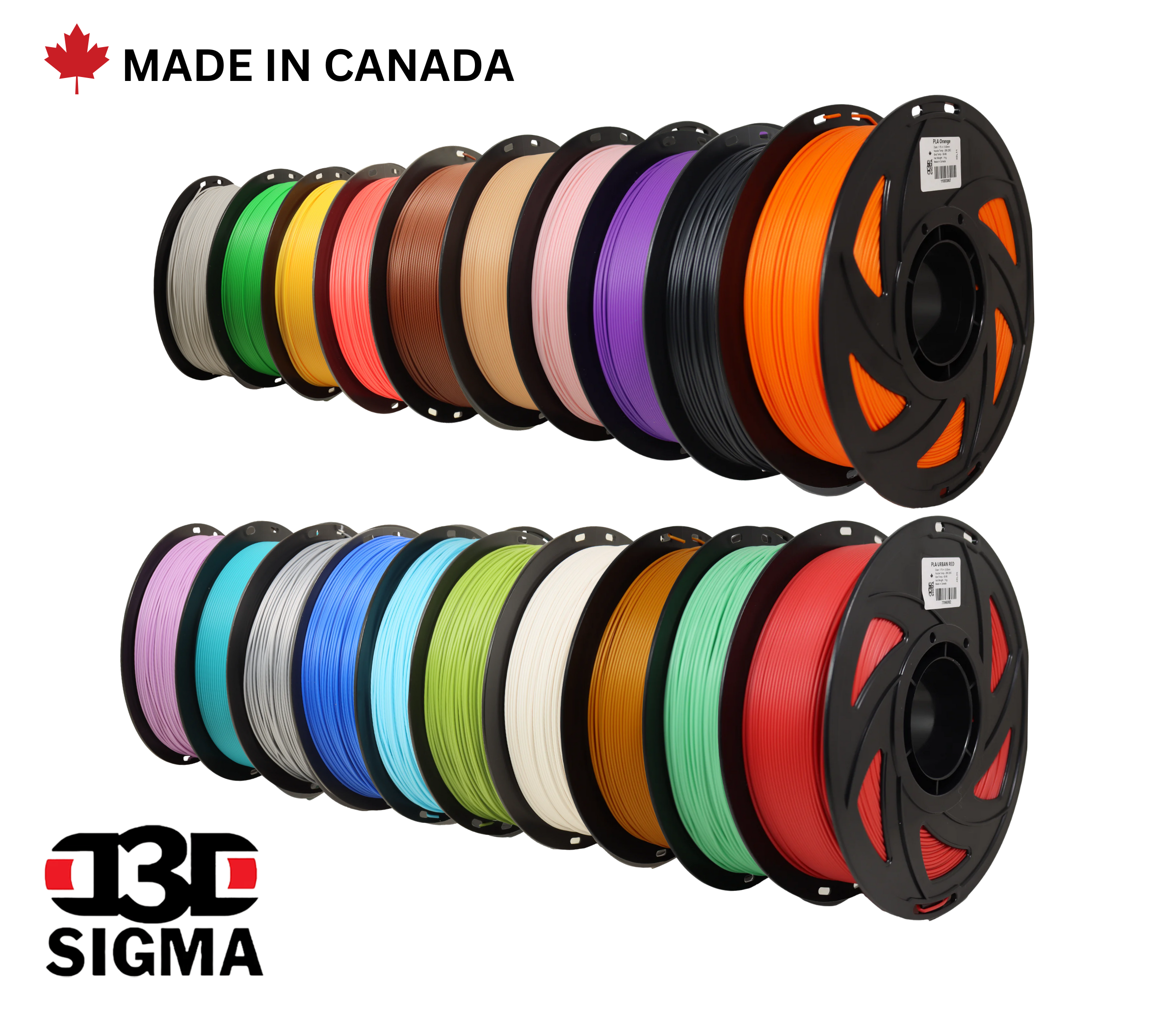
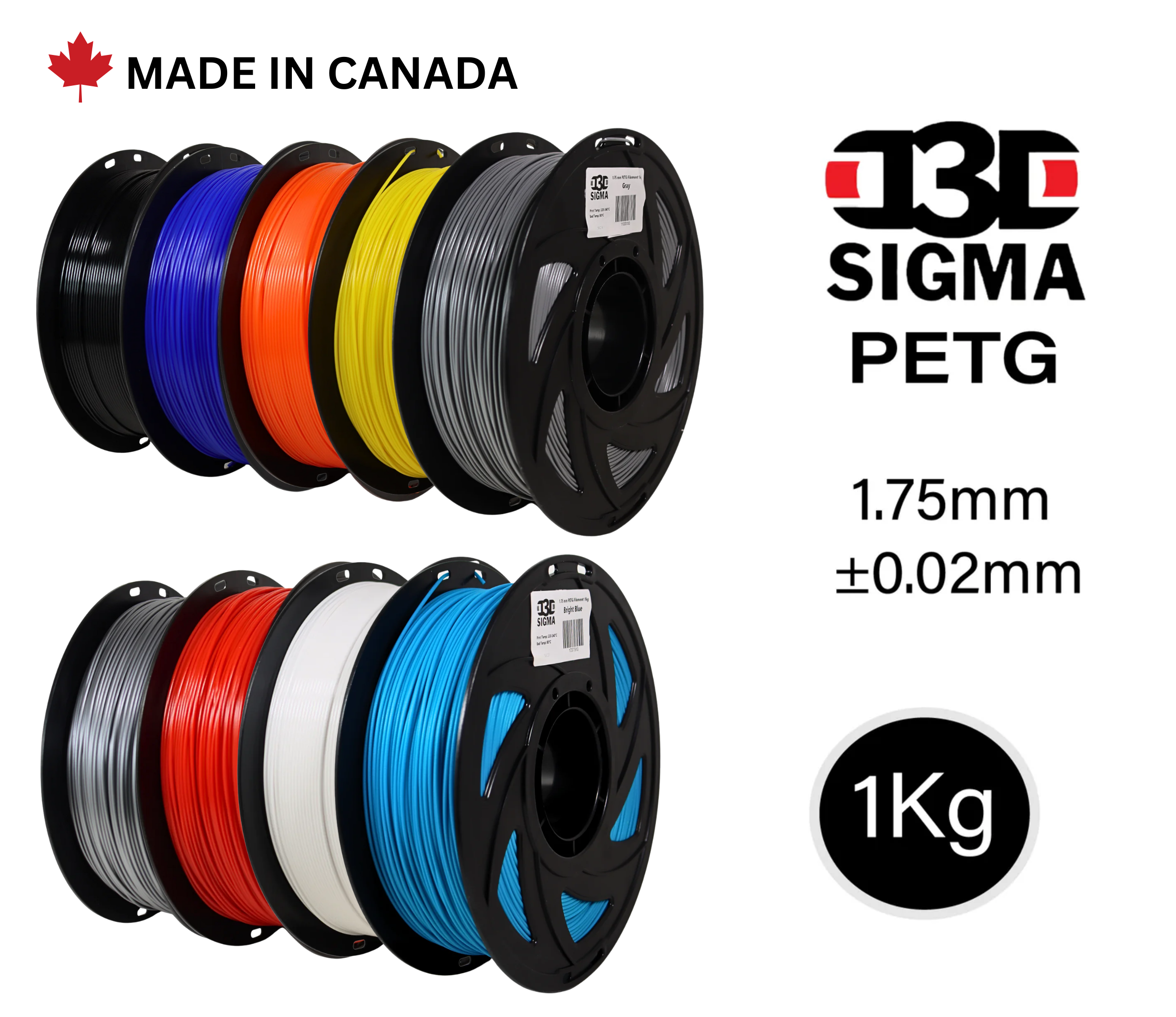




































































1 comment
Eric the Skeptic
Your post screams AI generated which means that many people won’t read it. If you edited it or simply used AI to spruce it up you should mention that. Because it looks AI generated I don’t trust the contents.